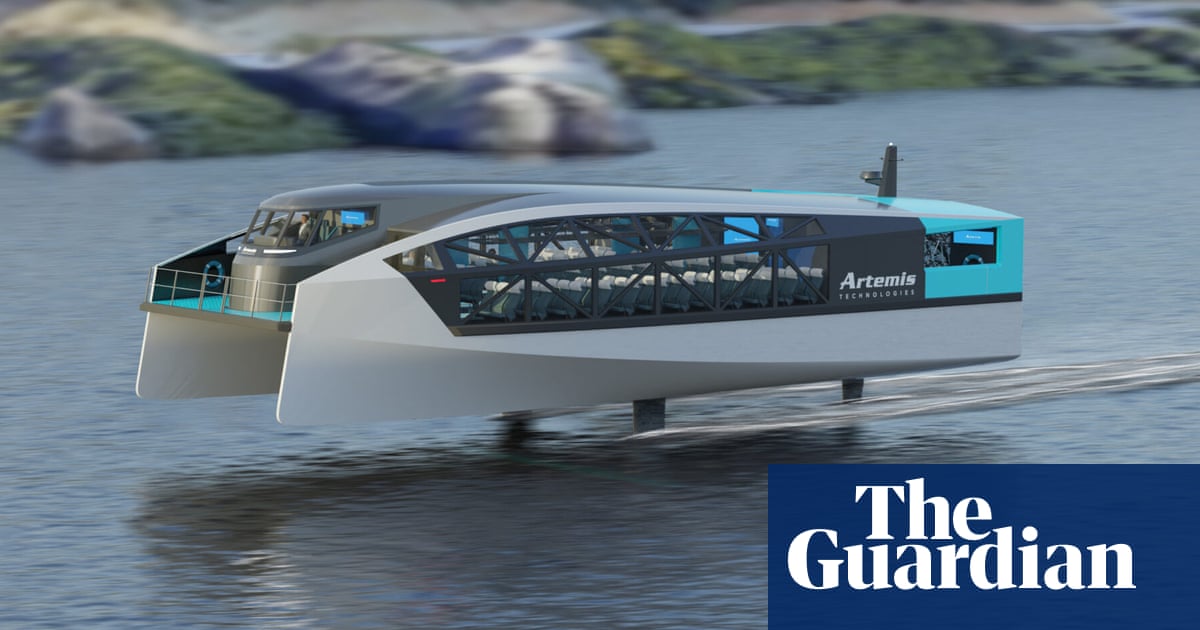The battery-powered hydrofoil ferries, whose hulls are raised above the water, are part of a three-year, £15.5m demonstration project funded by the UK government, due to start in March 2024.
The smaller of the two ferries will carry up to 12 passengers between Kirkwall, Orkney’s main town, and the islands of Shapinsay, Rousay, Egilsay and Wyre on a year-round daily service.
The larger vessel will take up to 50 passengers and light cargo between Kirkwall and the outer islands of Westray, Eday, Sanday and Stronsay in a circuit up to five times a day. It is expected to start service in 2025.



This is the best summary I could come up with:
The battery-powered hydrofoil ferries, whose hulls are raised above the water, are part of a three-year, £15.5m demonstration project funded by the UK government, due to start in March 2024.
The smaller of the two ferries will carry up to 12 passengers between Kirkwall, Orkney’s main town, and the islands of Shapinsay, Rousay, Egilsay and Wyre on a year-round daily service.
The larger vessel will take up to 50 passengers and light cargo between Kirkwall and the outer islands of Westray, Eday, Sanday and Stronsay in a circuit up to five times a day.
Orkney is home to a major marine energy research centre, known as Emec, and has one of the UK’s highest number of electric vehicle chargers in relation to population.
Orkney’s vessels, which are being supplied by Artemis Technologies in Belfast, are part of a package of measures aimed at removing or heavily reducing carbon emissions and pollution from shipping.
The UK government funding package, unveiled on Monday, includes £90m for an ultra-low emission boat to service offshore windfarms, powered by electricity with a methanol range extender, based in Aberdeen.
The original article contains 512 words, the summary contains 183 words. Saved 64%. I’m a bot and I’m open source!